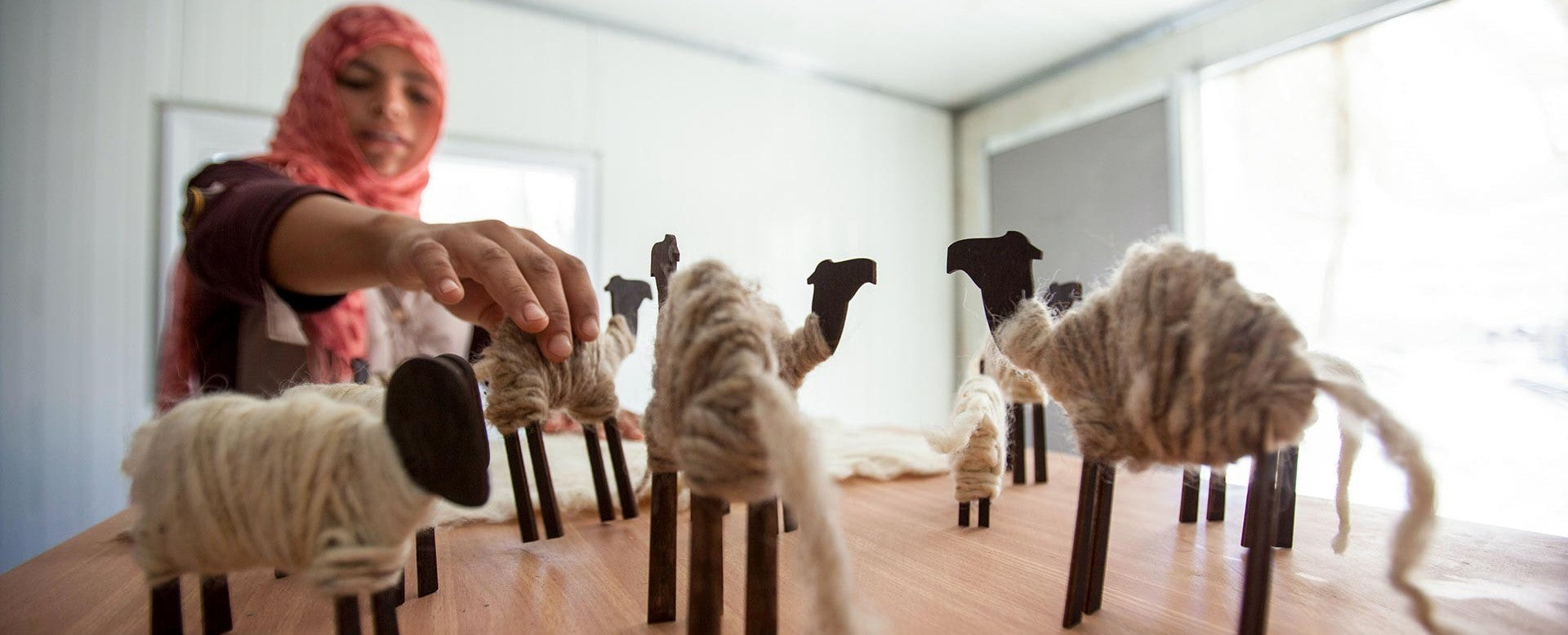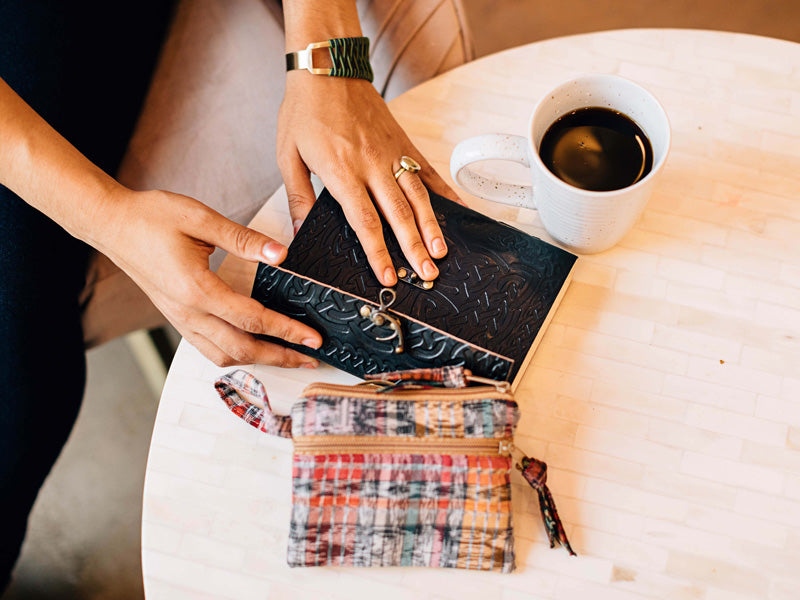Color Stories: Textiles from Guatemala

A pillow that picks up the blue in your couch, a scarf that catches the green of your eyes – if it feels like the hues are calling you, it’s because they are. At Ten Thousand Villages, there’s always more to the story. Take the textiles of Guatemala; their vibrancy is a voice.

“Women speak through the strong colors they put in their weavings,” explains Diego Chicoj Ramos.
Diego helped to start the artisan cooperative Ruth and Naomi in the village of Chontala near the town of Chichicastenango and its famous market. There, in the Guatemalan highlands, women still wear traditional Mayan dress.

Blouses – called huipils – are woven on a backstrap loom, which functions with tension created by a strap worn around the weaver’s back.
The distinctive patterns of both huipils and skirts vary by region; they are unique to a place, symbols of identity.

Yet, many in Guatemala can remember the time, during the country’s long civil war, when clothing was a dangerous signal for indigenous communities. It was during the military’s “scorched earth” campaign that the village of Chontola lost more than 40 of its husbands and fathers on a single day in 1982. Widowed by war in a remote village, women had few ways to support their families. Many found themselves unable to feed their children.

They turned to Diego, a Methodist pastor, and his wife Juana for help. Though their church had been burned to the ground, and they had little to offer, they managed to secure seven pounds of thread and a few women started to weave small items to sell in nearby markets. A few years later came five sewing machines, and Diego began teaching tailoring skills to young people of the community.
The group took the name Ruth and Naomi, a reflection of their struggles and their shared strength.

Ten Thousand Villages has been working with the artisans of Ruth and Naomi for 25 years – long enough to see hope rise from what was once, literally, ashes. Children have grown into healthy, strong adults, completed high school, gone on to university.

As a second generation takes up the sewing and weaving skills of their mothers and grandmothers, the patterns of huipils and skirts, emblems of their community, are resources and inspiration. Fabric from these garments is being creatively repurposed into beautiful products, including a variety of purses and bags.

This past April, a small group of Ten Thousand Villages office and store staff and volunteers, visited our artisan partners in Guatemala on a Learning Tour. They met Maria, one of the founding artisans of Ruth and Naomi, and her family. Maria is a petite woman; her adolescent grandson towers above her. While that’s a common thing for adolescent grandsons to do, it can’t be taken for granted in rural areas with struggling economies where malnutrition has long been a challenge. The impacts of fair trade are deep and wide, and they include growing, thriving children. It is a special privilege of our long-term relationships that we are able to see those generational effects, the stories that are woven into their products — and to share them with you.





Comments